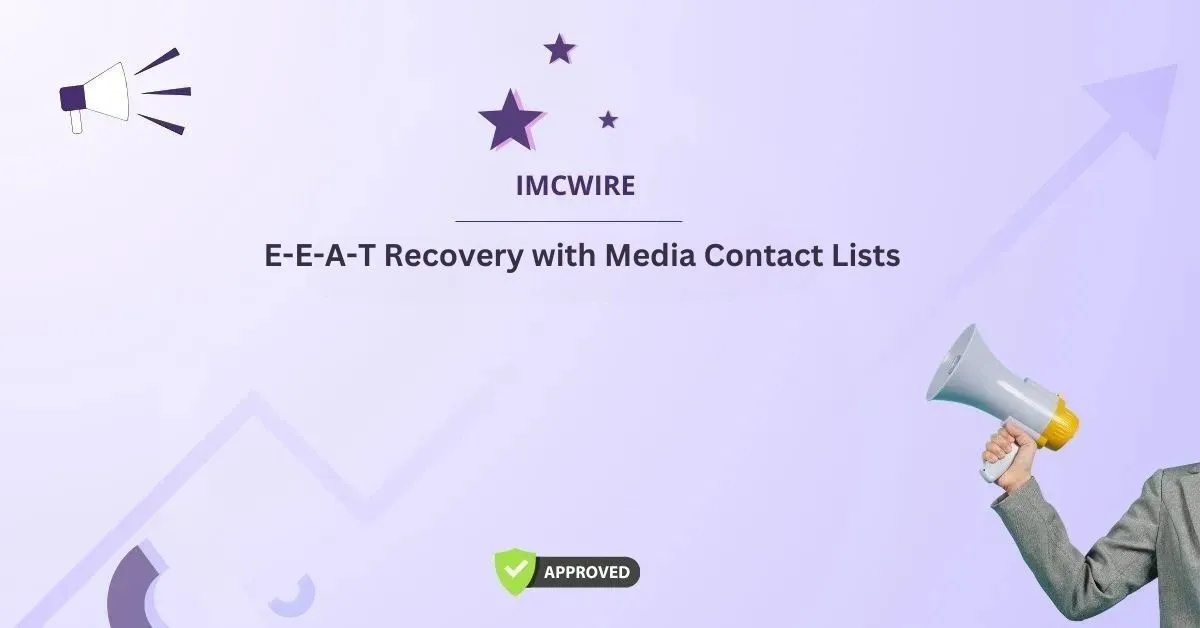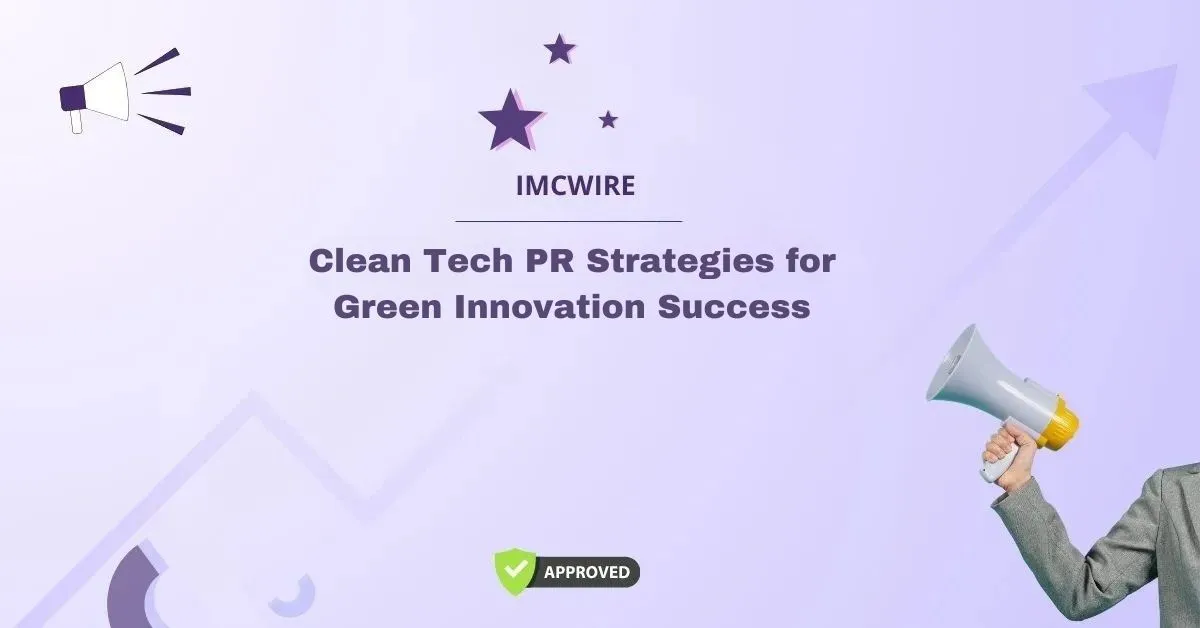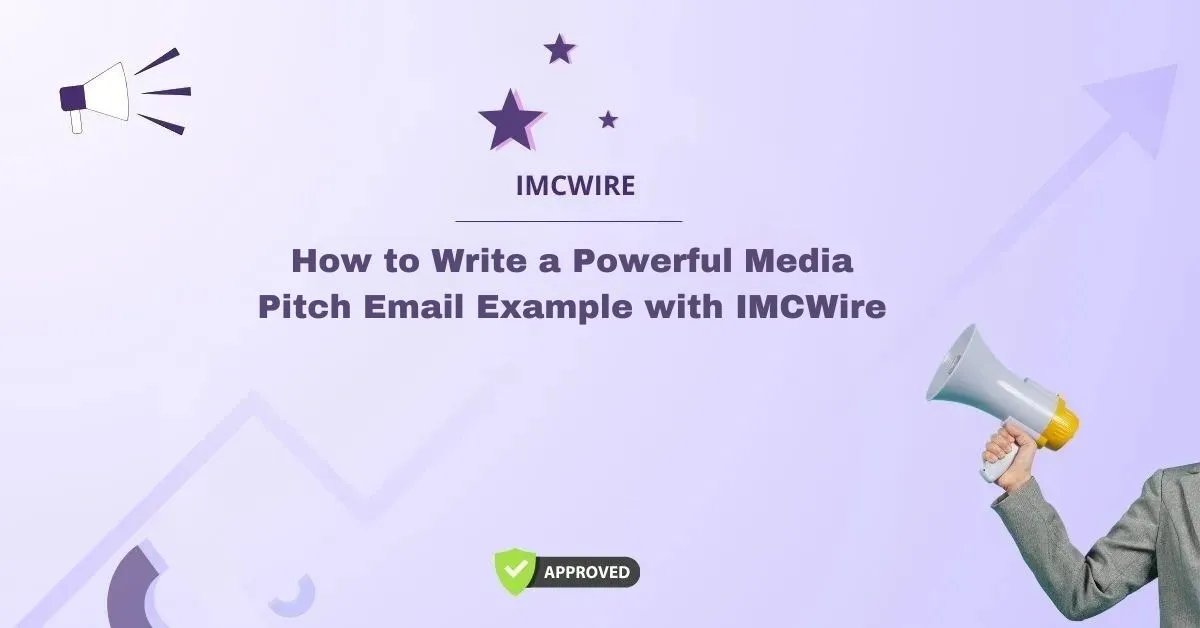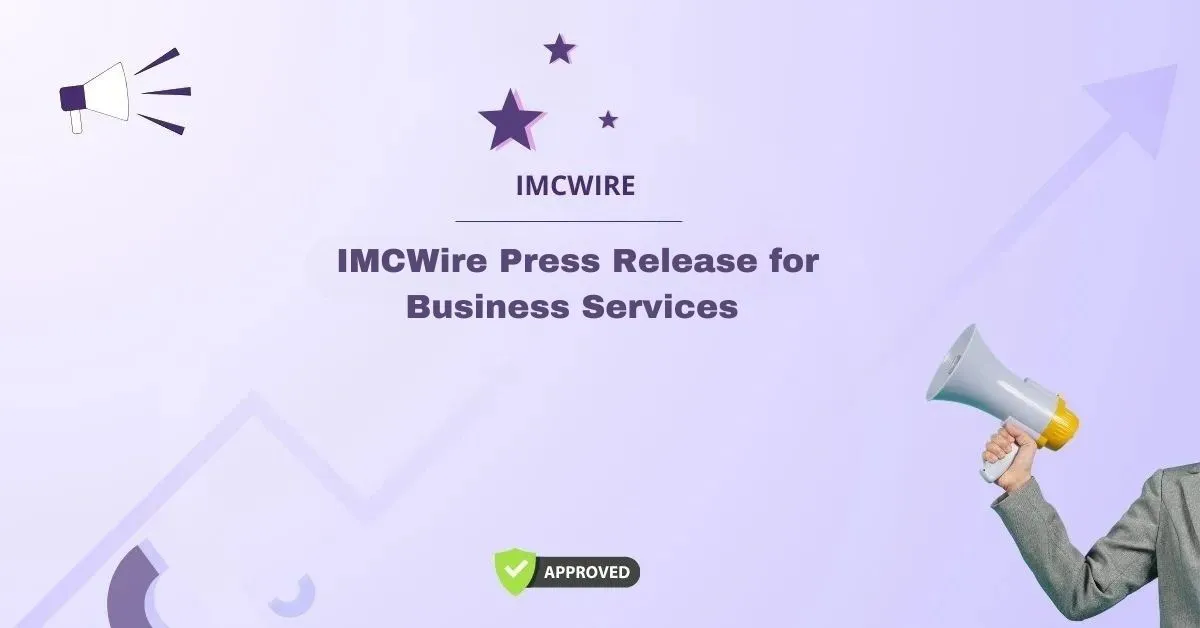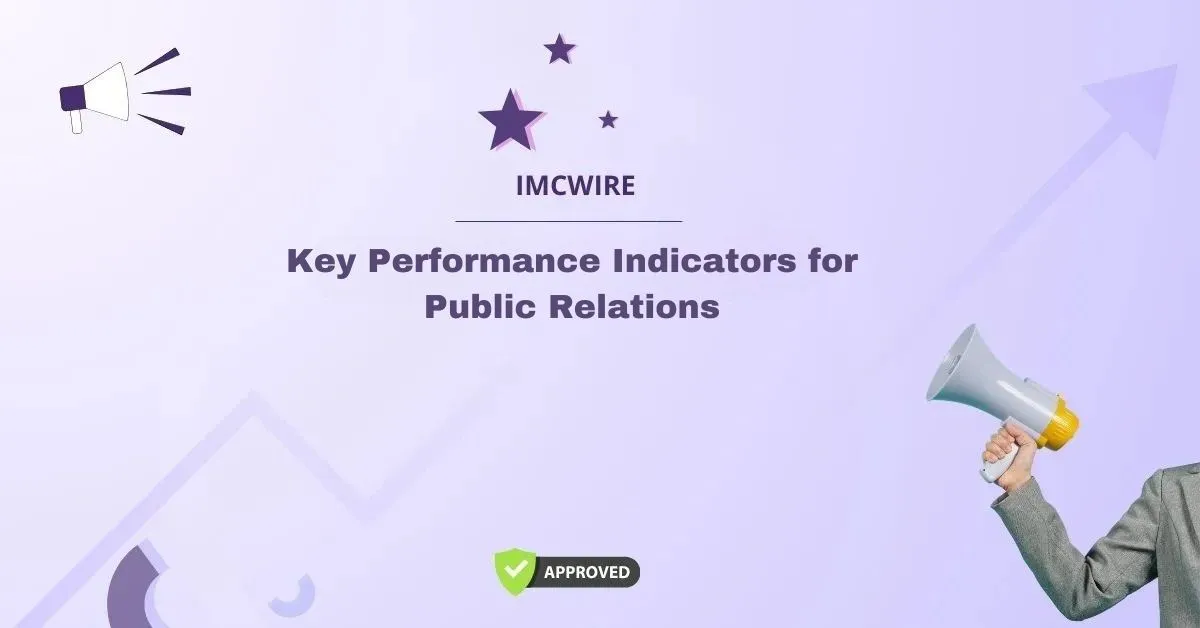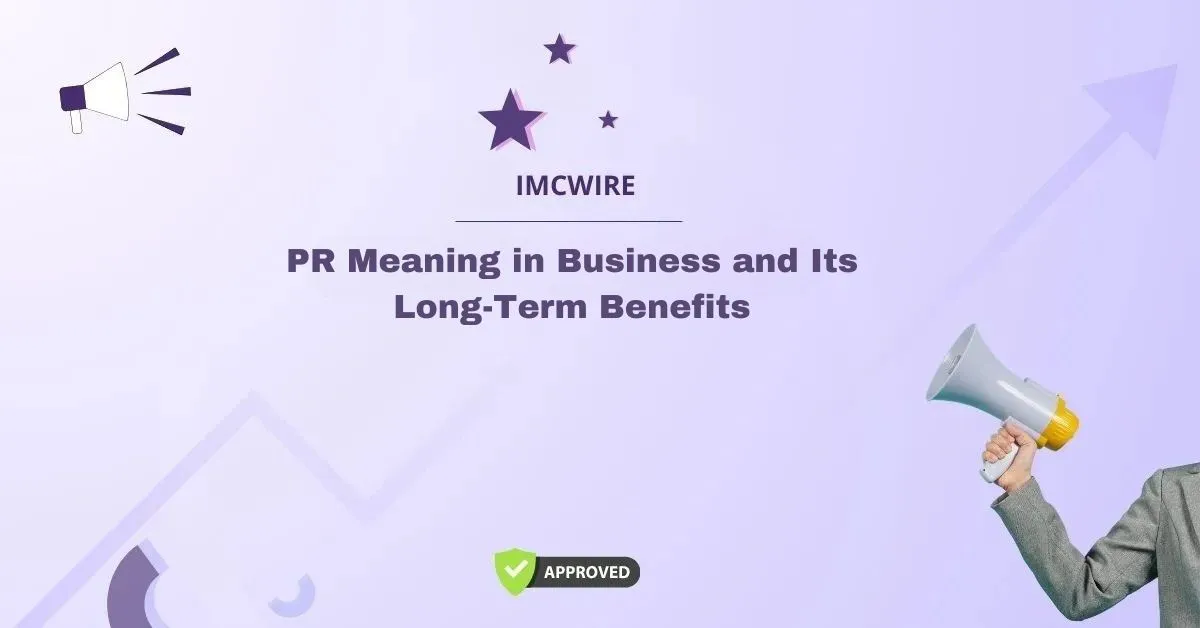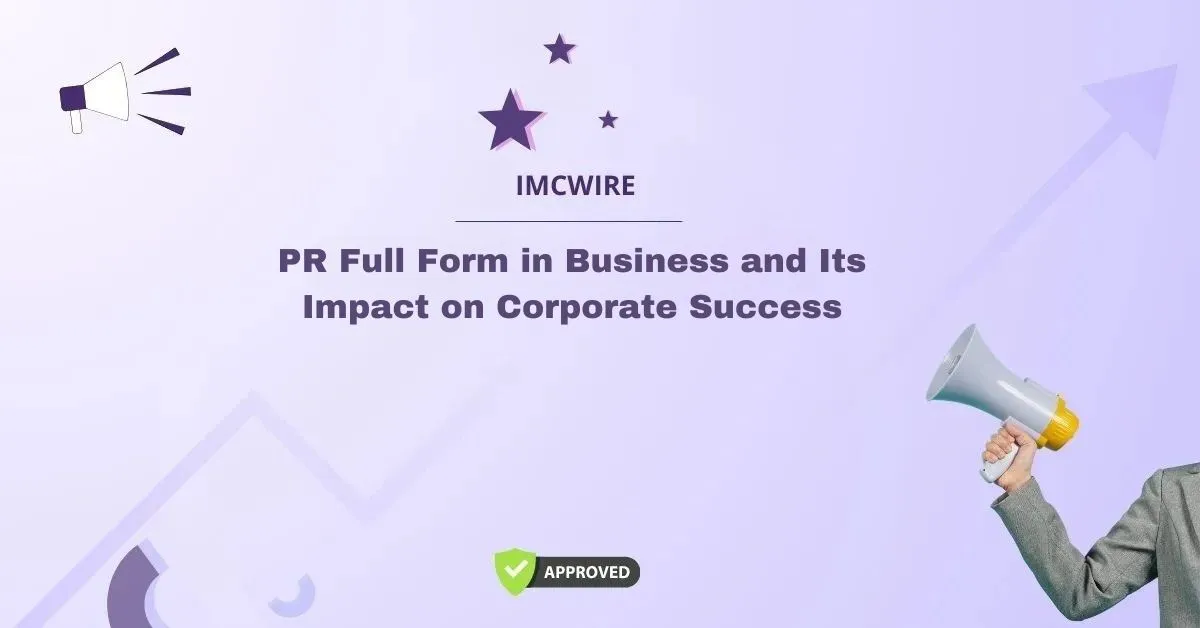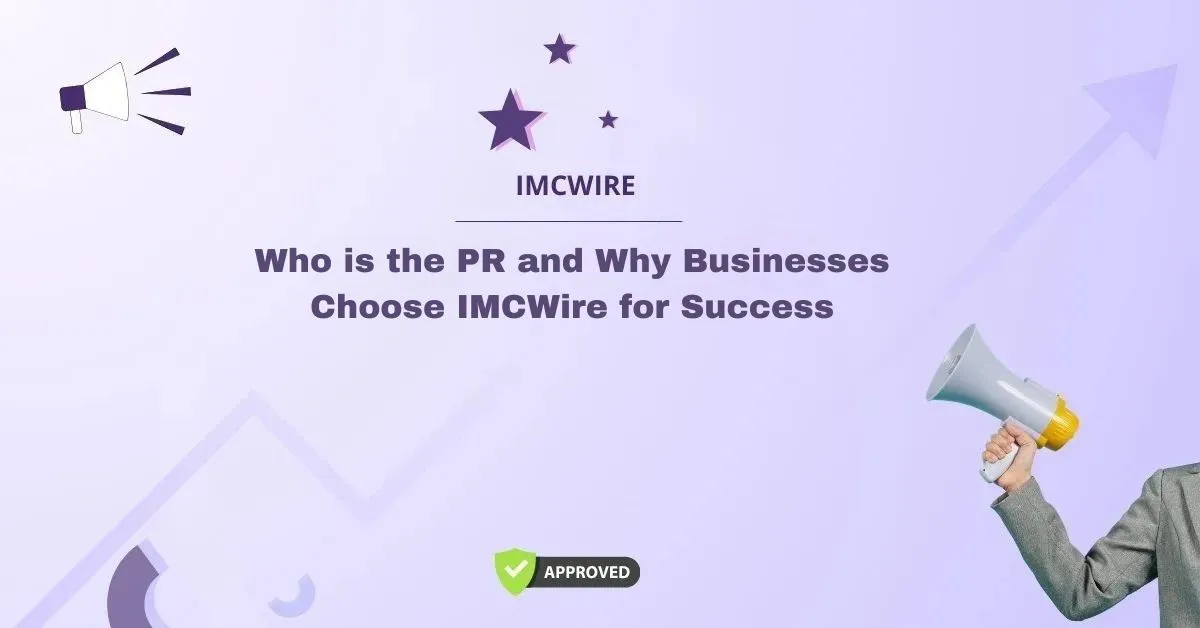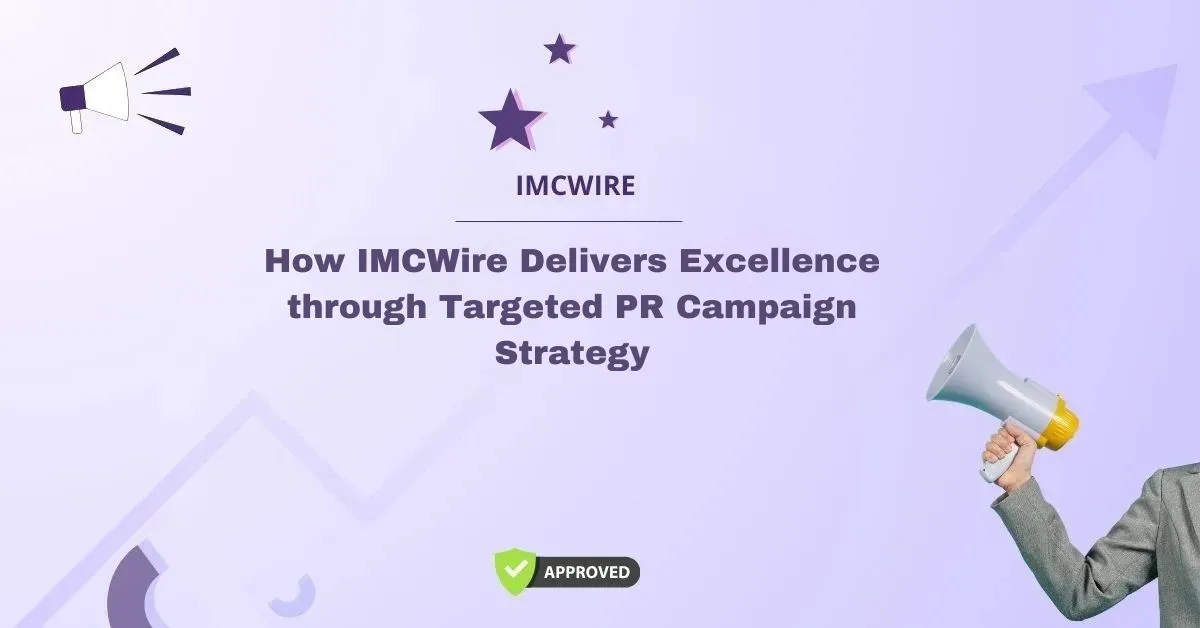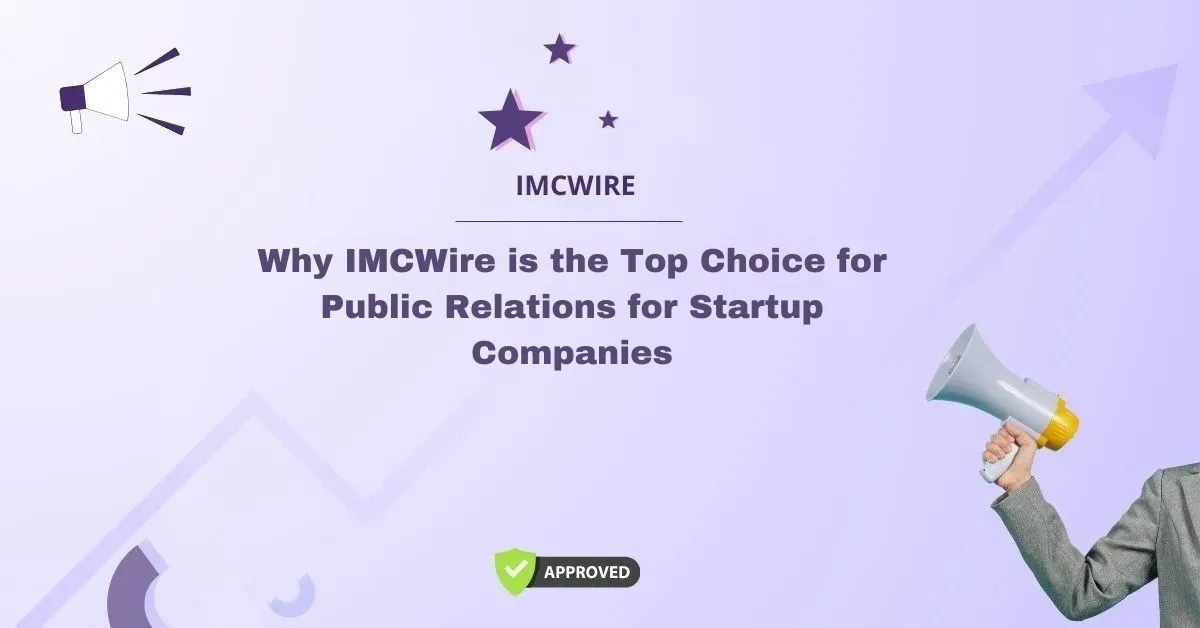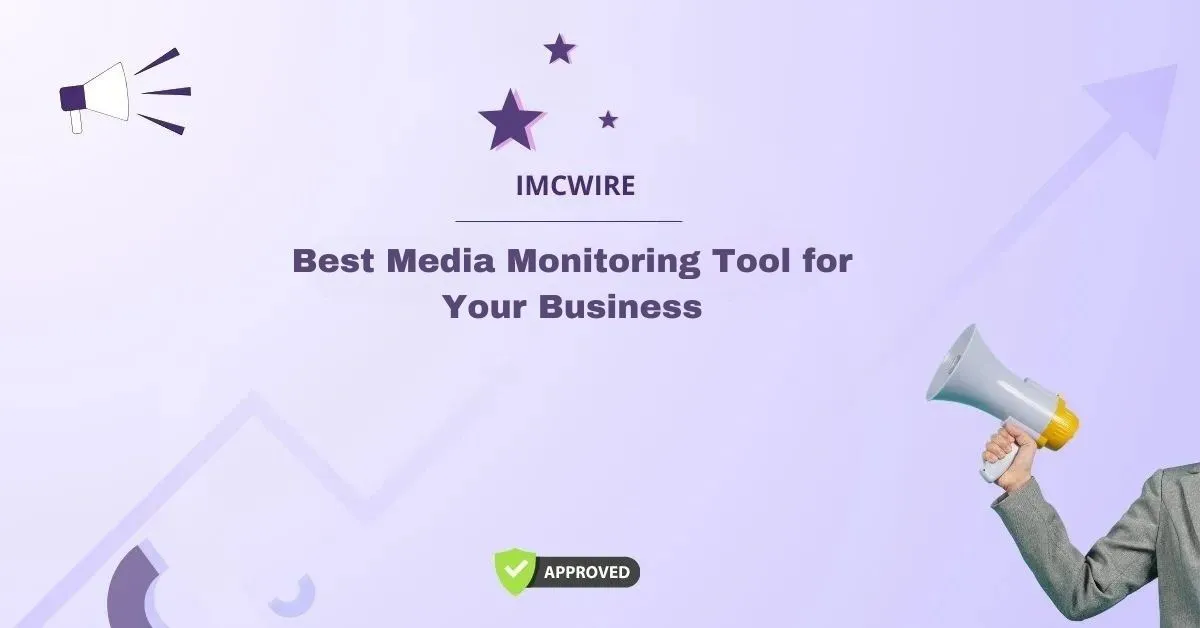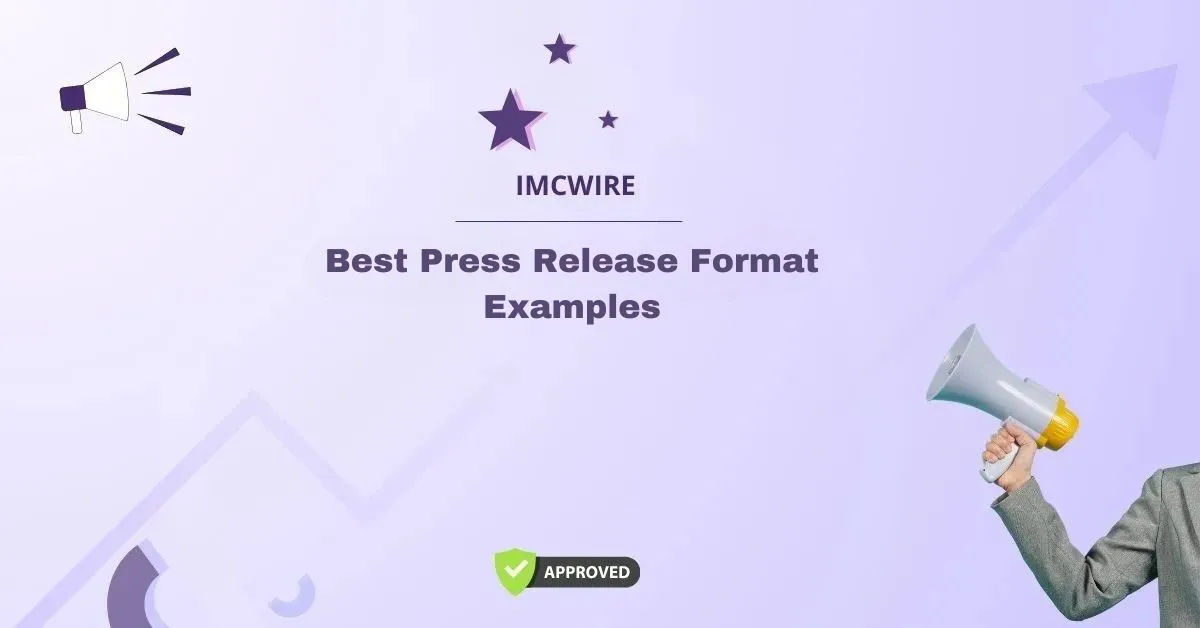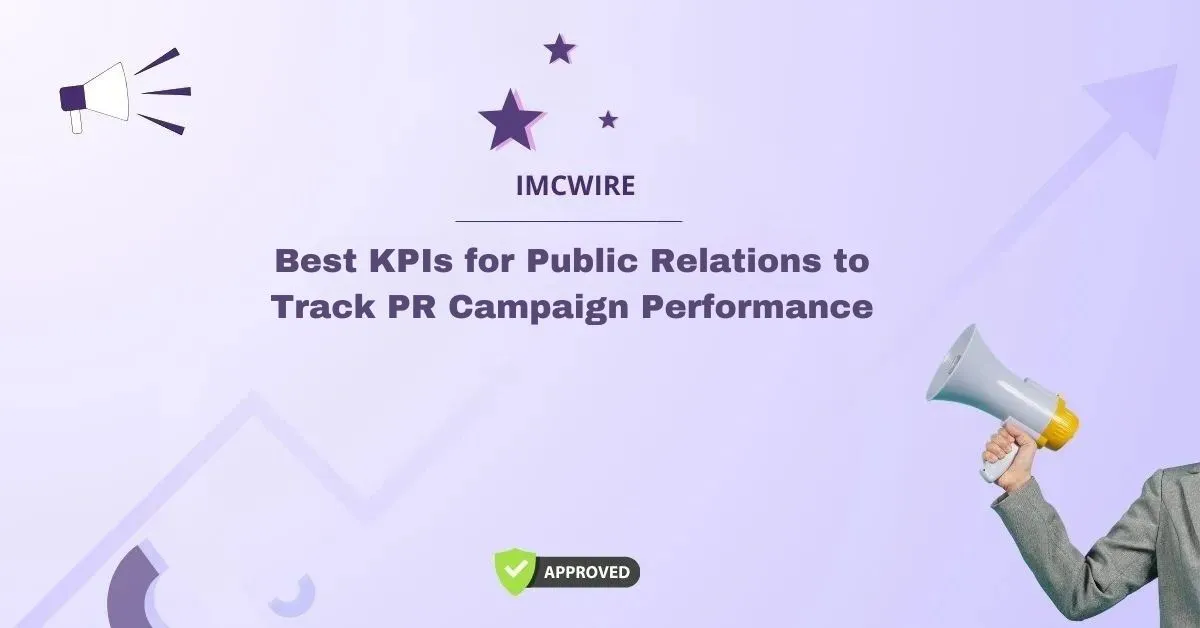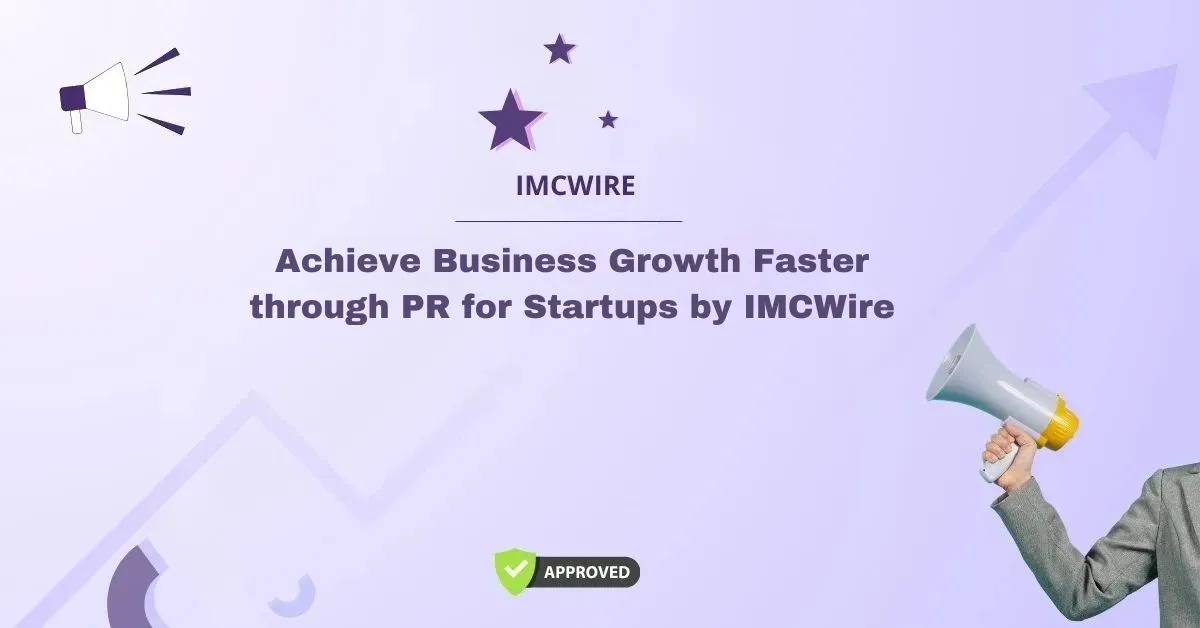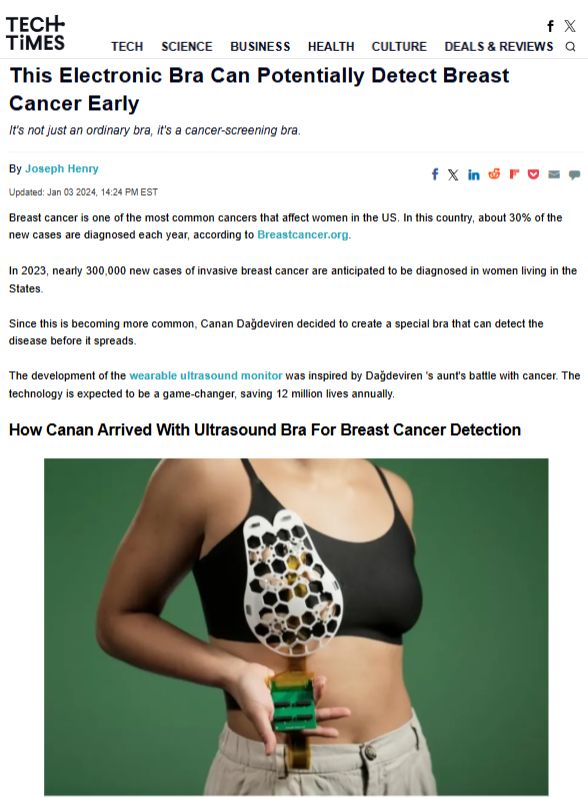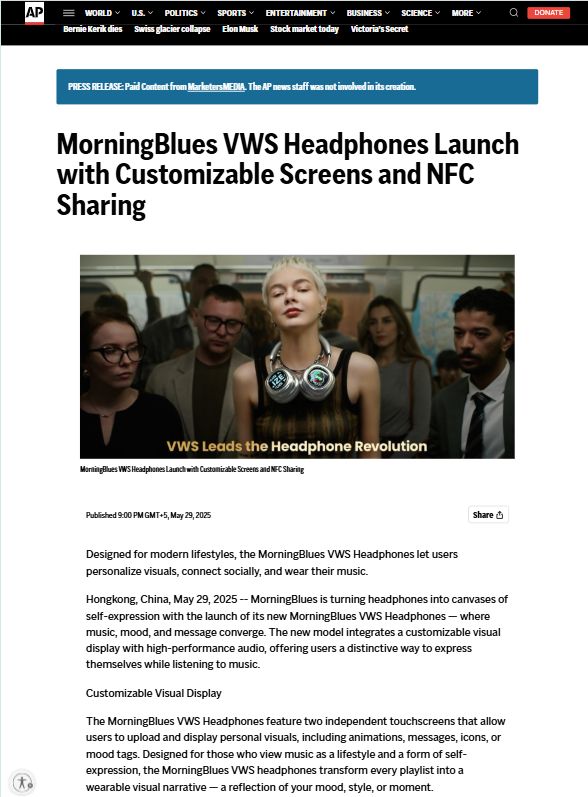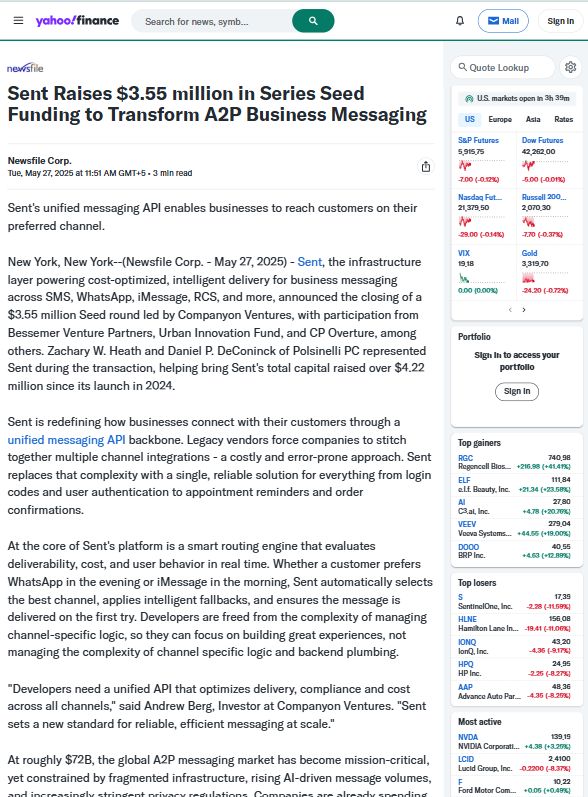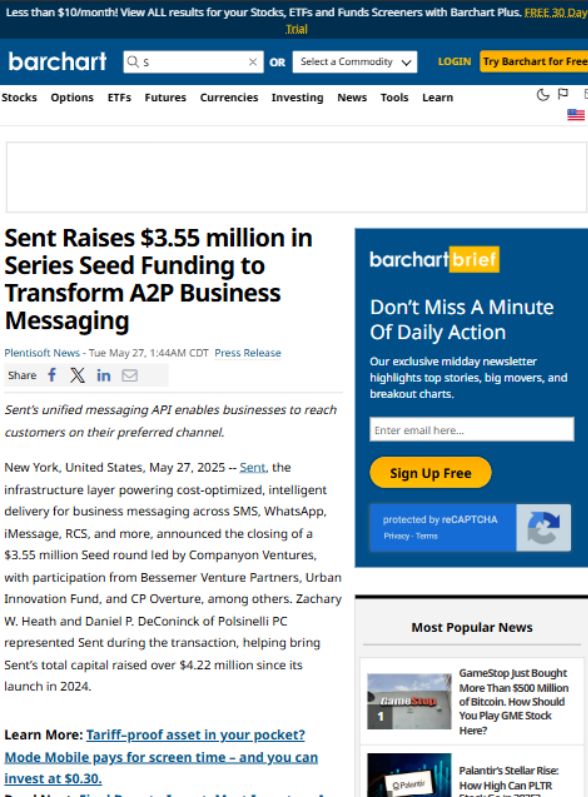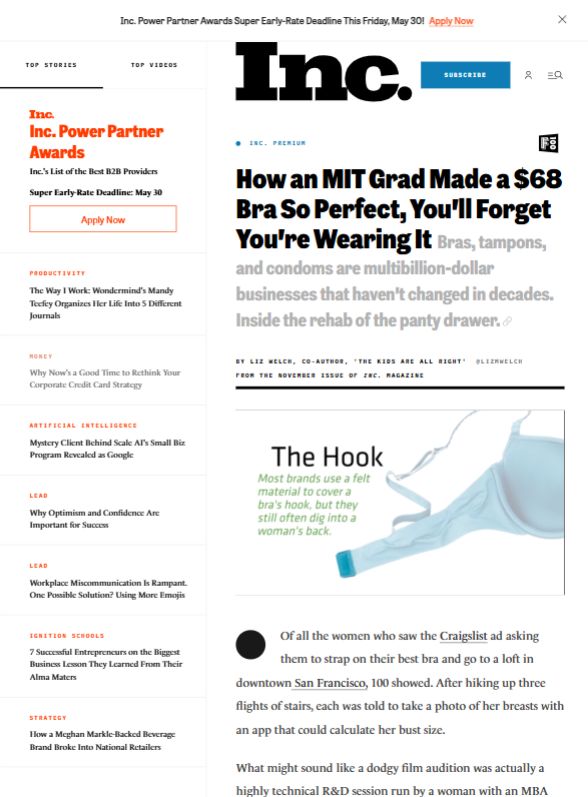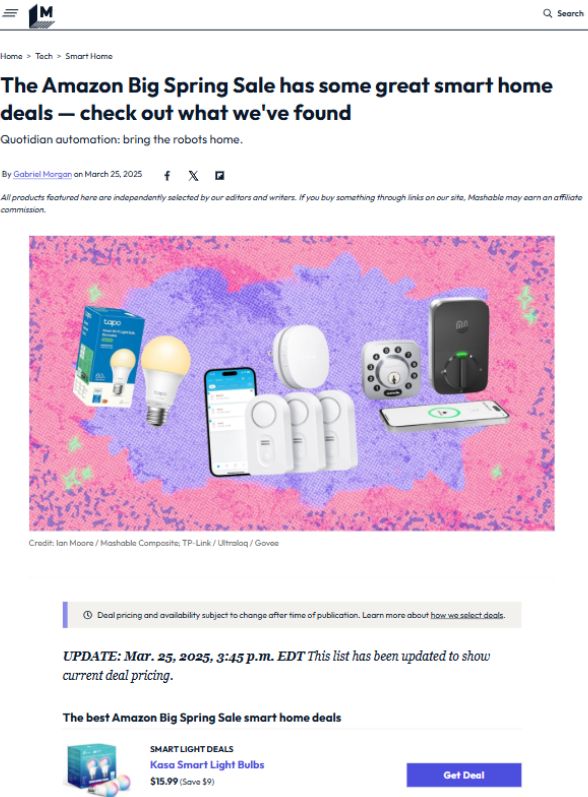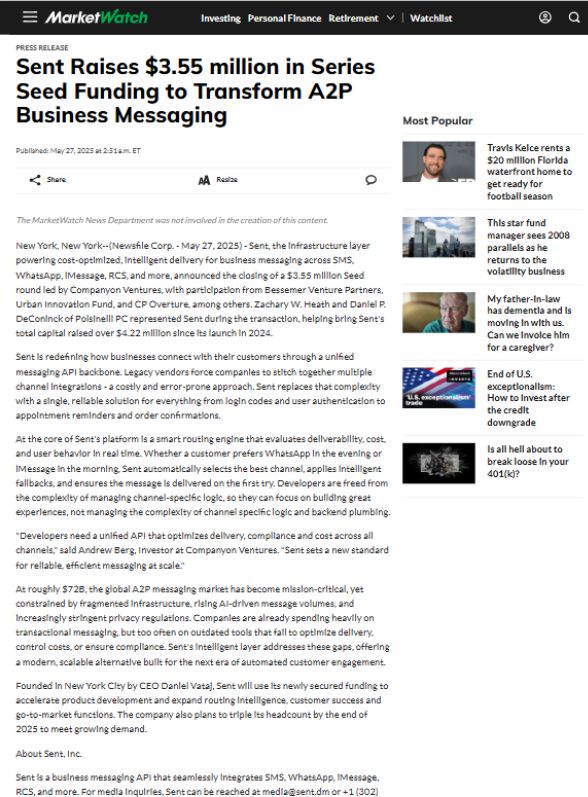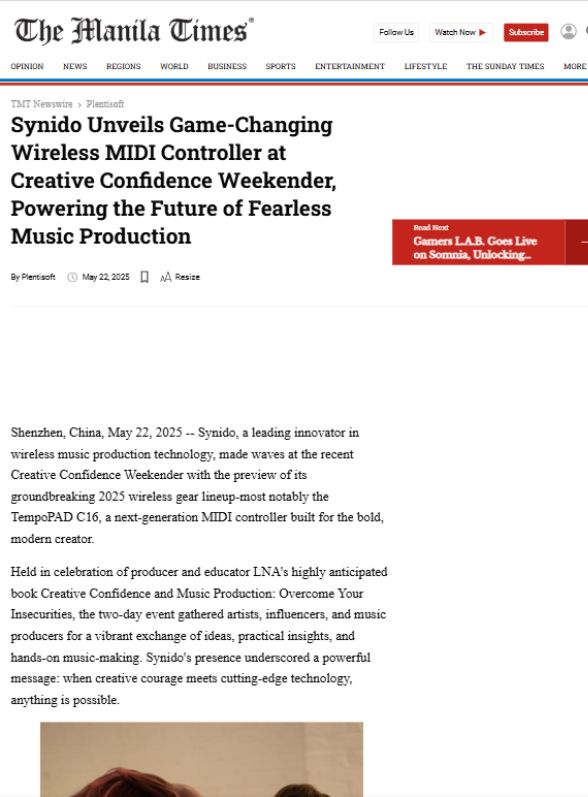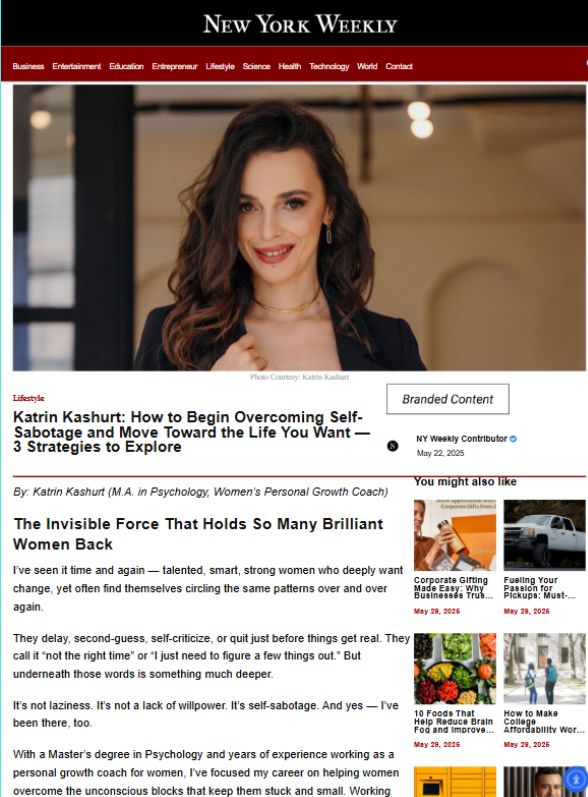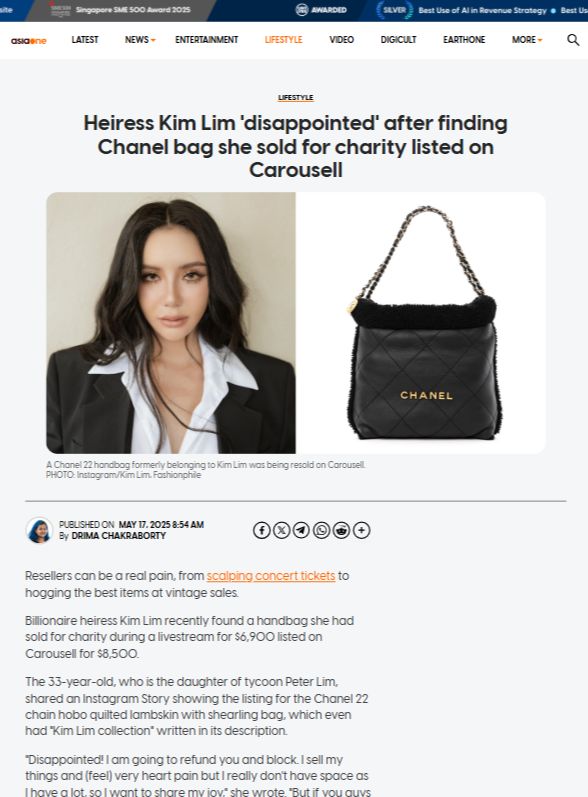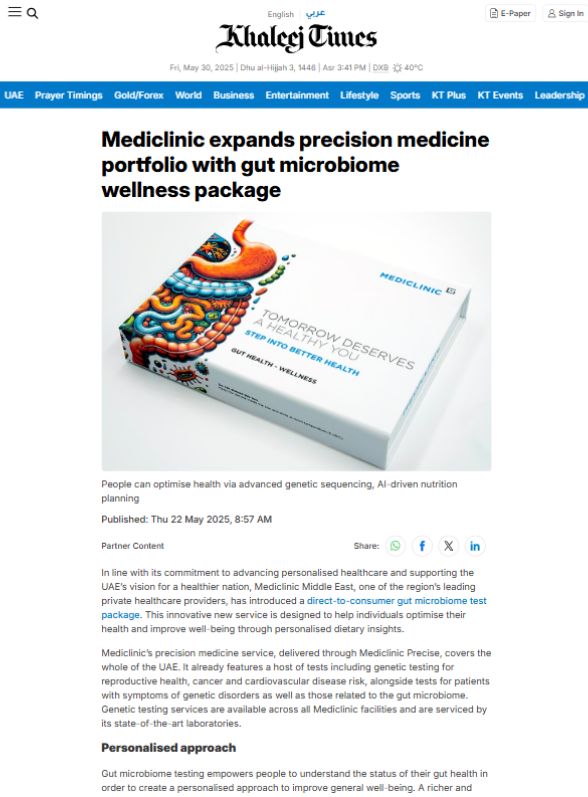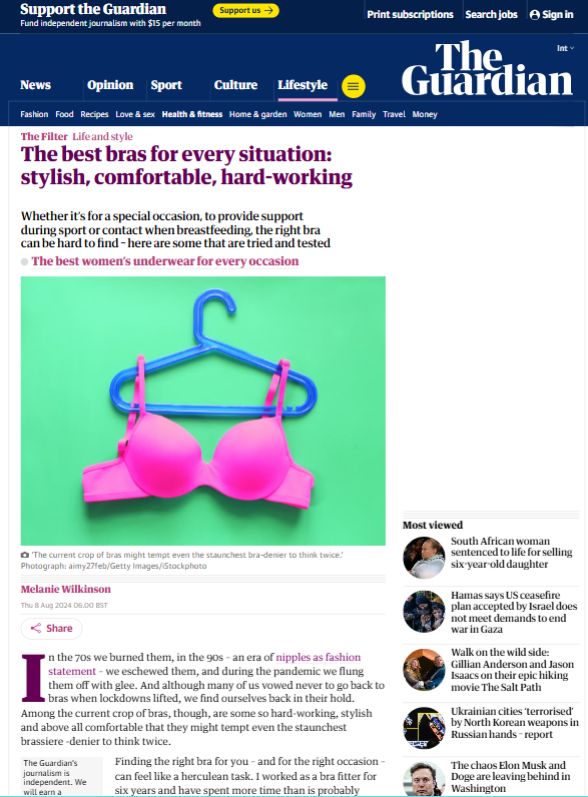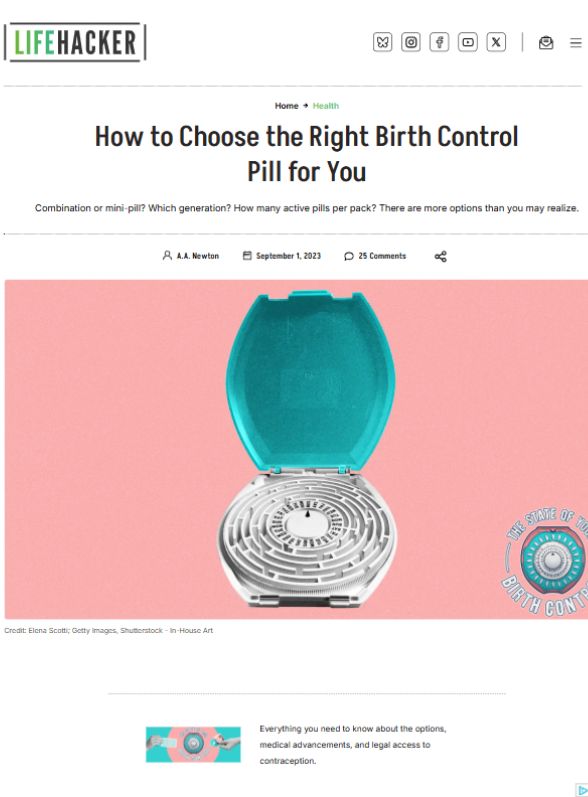In the world of digital marketing and search engine optimization (SEO), Google’s E-A-T (Expertise, Authoritativeness, and Trustworthiness) guidelines play a crucial role in determining the quality and ranking of content. However, with the evolving nature of the web, Google has introduced a new concept—E-E-A-T, which includes the addition of Experience. This shift in emphasis requires digital marketers, business owners, and content creators to rethink their strategies for boosting their website’s credibility and trustworthiness.
One effective strategy for improving E-E-A-T is through media outreach, which can be significantly enhanced with a robust and targeted media contact list. This blog explores how E-E-A-T recovery can be achieved through media contact lists and why it’s important for your SEO and digital marketing efforts.
Table of Contents
Understanding E-E-A-T and Its Role in SEO
E-E-A-T stands for Experience, Expertise, Authoritativeness, and Trustworthiness. These are the key factors that Google uses to evaluate the credibility of a website or piece of content. The addition of “Experience” in E-E-A-T reflects a growing recognition that content should not only be written by experts but also should demonstrate real-world, firsthand experience.
- Experience: Content should be written by those who have direct experience with the topic.
- Expertise: Content should be created by individuals who are recognized experts in the field.
- Authoritativeness: Content should be from authoritative sources, either by the creator or the website itself.
- Trustworthiness: Content should be credible, transparent, and accurate.
For websites to thrive in today’s competitive digital landscape, aligning with these E-E-A-T principles is essential. However, this process is often challenging, especially when recovering from a drop in rankings or when striving to improve content quality.
How Media Contact Lists Contribute to E-E-A-T Recovery
One of the most effective ways to recover from a low E-E-A-T score or to enhance your website’s authority is through media outreach. Building and utilizing media contact lists can help boost credibility, improve trustworthiness, and increase your site’s authority. Here’s how media contact lists can play a vital role in your E-E-A-T recovery strategy.
- Securing High-Quality Backlinks
Backlinks are one of the most important ranking factors in SEO. When reputable media outlets, journalists, or industry influencers link to your content, Google sees this as a signal of trustworthiness. By developing a media contact list and reaching out to reputable media outlets for coverage, guest posts, or collaborations, you increase the likelihood of acquiring high-quality backlinks from trusted sources. These backlinks can significantly improve your site’s authoritativeness and trustworthiness, both of which are core components of E-E-A-T.
- Gaining Credibility Through Media Mentions
Mentions in media outlets also contribute to E-E-A-T recovery. Media outlets that are authoritative in your niche help establish your brand as an expert in the industry. These mentions show Google that your business or content is recognized by reputable and trusted sources. A well-crafted media contact list helps you identify the right journalists, editors, and publications to contact, which increases the chances of earning media coverage. When trusted media sources mention your brand, it boosts your website’s perceived expertise, authority, and trustworthiness.
- Enhancing Brand Awareness and Authority
Reaching out to journalists and media outlets can help you increase your brand’s visibility. Through consistent media coverage, you can establish your brand as a thought leader in your industry. Over time, this repeated exposure in authoritative media outlets will signal to Google that your website is a trusted source of information. The more your brand is mentioned in credible sources, the higher your chances of building authority and recovering from any previous E-E-A-T issues.
- Improving Trust with Consumers and Google
Media coverage can be a powerful tool for fostering consumer trust. When reputable media outlets feature your brand, it signals to potential customers that your business is credible. In the eyes of Google, media coverage and press mentions reflect positively on your website’s trustworthiness, which is vital for E-E-A-T recovery. Furthermore, a positive brand image nurtured through media outreach can result in higher engagement metrics, such as longer time on site, lower bounce rates, and increased conversions.
- Showcasing Real-World Experience
One of the key pillars of E-E-A-T is demonstrating real-world experience. Media mentions often provide an excellent opportunity to showcase your expertise in practice. Whether it’s through case studies, interviews, or product reviews featured in the media, you can highlight the real-world impact of your products or services. This serves as evidence of your experience and further bolsters your website’s E-E-A-T profile.
Building an Effective Media Contact List
Now that we’ve established the importance of media contact lists for E-E-A-T recovery, the next step is building an effective media contact list. Here’s a step-by-step guide to help you get started.
- Identify Your Niche and Industry
The first step in building a media contact list is identifying your niche or industry. The more targeted your outreach, the more effective it will be in improving your E-E-A-T. Focus on finding journalists, bloggers, influencers, and media outlets that are relevant to your industry. For example, if you run a health and wellness blog, target media outlets that cover health, fitness, and lifestyle topics.
- Research Journalists and Editors
Once you know your niche, start researching journalists and editors who cover topics related to your business. Look for individuals who have a track record of publishing content in your industry. You can use tools like LinkedIn, Twitter, and media databases like Cision or Muck Rack to identify these professionals.
- Gather Contact Information
Next, gather the contact details of these journalists, editors, and influencers. This includes email addresses, phone numbers, and social media profiles. Having this information will allow you to reach out to them directly with personalized pitches.
- Craft a Compelling Pitch
When reaching out to media contacts, your pitch should be clear, concise, and valuable. Explain why your story or content would be of interest to their audience. Highlight your expertise, experience, and any relevant data or case studies that showcase your authority on the subject matter. Personalized pitches that focus on the benefits for the media outlet’s audience are more likely to receive a positive response.
- Follow Up and Build Relationships
Media outreach is an ongoing process. After sending your initial pitch, follow up if you don’t receive a response. Building long-term relationships with journalists and media contacts can be extremely beneficial for E-E-A-T recovery. By maintaining these relationships, you increase the likelihood of earning repeat media coverage and mentions, which will continue to boost your authority and trustworthiness.
Conclusion
E-E-A-T recovery is an essential part of improving your website’s SEO and building long-term online success. By leveraging media contact lists and conducting strategic media outreach, you can enhance your website’s authority, trustworthiness, and expertise. High-quality backlinks, media mentions, and brand exposure through reputable outlets can significantly contribute to your E-E-A-T recovery and long-term success. Take the time to develop a targeted media contact list, craft compelling pitches, and build relationships with journalists and influencers to drive better results for your digital marketing efforts.

